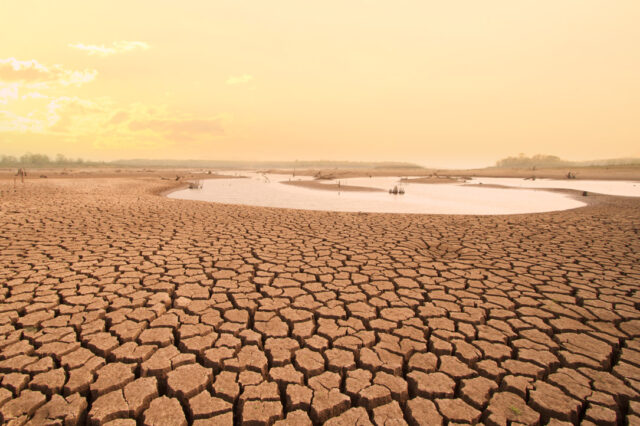Water security remains a crucial issue in South Africa despite a period of high rainfall, says a water security expert.
Mike Muller, Visiting Adjunct Professor at the Witwatersrand University Graduate School of Governance, says that while many dams in South Africa are at 100 per cent capacity, water insecurity is a constant threat.
The latest South African city to battle water scarcity is drought-stricken Nelson Mandela Bay in the Eastern Cape province, where the dams that supply the town and surrounding region were at 11 per cent combined capacity in June 2021.
“Despite being advised for more than a decade that its supply infrastructure was inadequate, the municipality did not act and now the dams are almost empty,” writes Muller in The Conversation. Muller served as Director-General of the South African Department of Water Affairs and Forestry between 1997-2005 and chaired the World Economic Forum Agenda Council on Water Security from 2012 to 2014.
This latest water shortage follows the Day Zero crisis that affected Cape Town between 2015 and 2019. Day Zero referred to the point at which the City of Cape Town would turn off the city’s taps to all but critical services. Fortunately, reduced water consumption among residents combined with better rainfall in 2018 saved the city from arriving at that point.
How to avoid future water security crises
Muller warns that a similar crisis could affect Johannesburg and the surrounding Gauteng province. “Two factors must be considered together to avoid water crises: technical matters like rainfall, river flow and infrastructure; and human factors like the behaviour of water managers and users,” he argues.
Rainfall in South Africa is highly variable, and multi-year droughts are common. In 1986, the Lesotho Highlands Water Project, a plan to divert water from the mountains of Lesotho Highlands to South Africa via an intricate network of tunnels and dams, was developed to meet South Africa’s increased demand for water and provide Lesotho with income and hydroelectricity.
Phase 1 of the project saw 4.8 billion cubic metres of water diverted to South Africa between 2004 and 2007. Phase 2, which includes the construction of the 2.3-billion cubic metre Polihali Dam and a 1,200MW hydroelectric plant in Lesotho, was initially scheduled for completion in 2020 but has been delayed to 2027.
According to a 2019 paper, Water Security Perspective for the Gauteng City-Region, “Gauteng’s per-capita water use is too high and must be reduced in the short and long term”. Until the construction of the Polihali Dam is completed, Gauteng “will be at risk of supply shortages if there is a prolonged dry period”.
Muller believes municipal authorities should better inform residents about water supply issues in Johannesburg and Gauteng province. “The region’s citizens have not yet been told the hard truth that for the next six years, this supply squeeze will get tighter,” he writes. “Yet this information is essential if communities and households are to play their part. People will not change their behaviour unless they’re told what’s happening and how to avoid a crisis.”
As Day Zero in Cape Town shows, “when people were told about the problems, and about how the city and their neighbourhood were performing, they reduced their water use,” he writes. “Cape Town showed that people will take difficult actions when there’s a problem they can see and understand.”














